Every time you pass through an airport, the rule is the same: before going through security, you must take your laptop out of your bag and place it in a separate bin. Why do we have this rule? Is it just a precaution, or is there a genuine technical and security reason behind it? In reality, this procedure is based on precise principles linked to the way scanners analyze objects and detect potential threats. Let’s take a look at why computers need special attention in security screening.
Passage through the control room and instructions to remove computers
When a traveler arrives at an airport security checkpoint, he or she is subject to a series of instructions designed to guarantee flight safety. Among these, one rule is systematically applied: laptops must be removed from the bag and placed in a separate bin before passing through the X-ray scanner. This requirement often comes as a surprise to passengers, who may legitimately wonder why only laptops are concerned, when other electronic devices such as smartphones or tablets generally remain in the hand luggage.
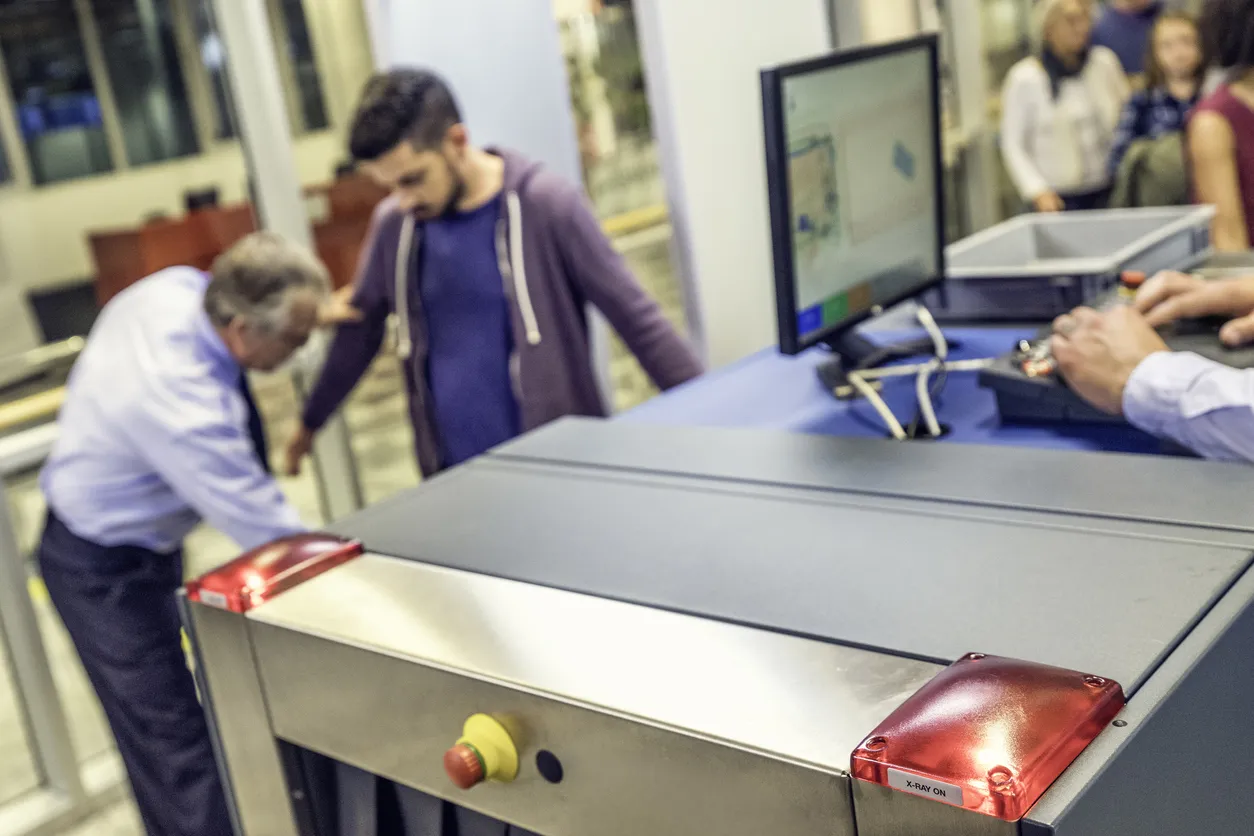
This procedure is compulsory at virtually all airports worldwide, regardless of destination or airline. Security guards, trained to analyze the images generated by the scanners, have to ensure that every object passing through the checkpoint poses no risk. However, laptops have specific characteristics that complicate this analysis, making it necessary to isolate them for a more precise examination.
Laptops can hide dangerous objects or substances
At first glance, it might seem logical that all electronic devices should receive the same treatment at inspection. However, the rule applies mainly to laptops and, in some cases, to game consoles and bulky tablets.
This distinction is explained by the internal structure of the devices. Unlike smartphones, which are relatively small and consist of a compact motherboard, laptops incorporate several layers of components (battery, hard disk, graphics card, cooling system, etc.) which can mask potentially dangerous objects or substances when passing under X-rays.
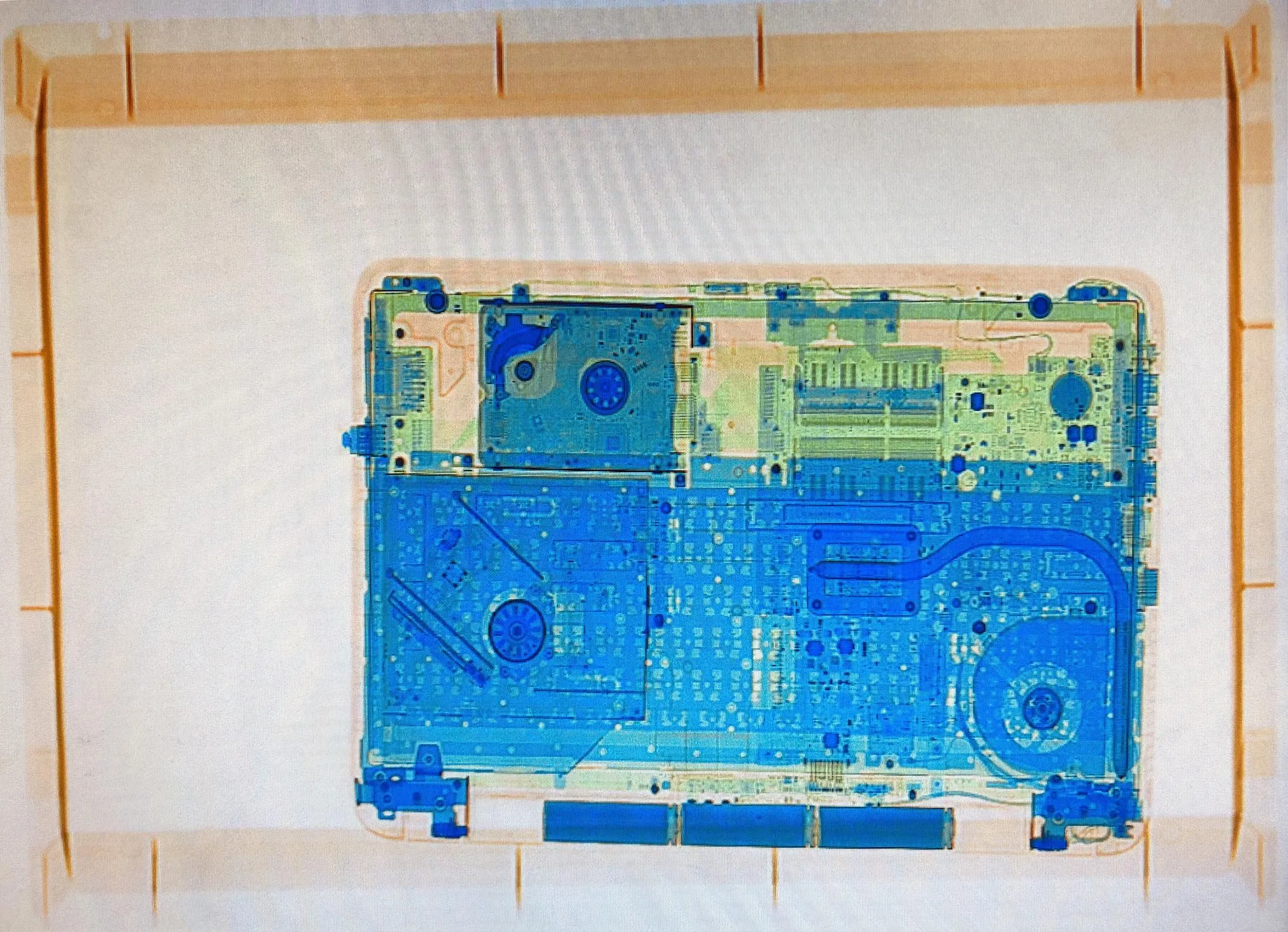
In addition, the size of laptops increases the amount of material that scanners have to pass through, making anomaly identification more difficult. A device left in a bag can conceal other objects underneath or nearby. By asking travellers to place their computer in a separate bin, security guards ensure that the scanner can obtain a clearer image, making it easier to identify any suspicious items.
How do security scanners work?
Airport security checks rely mainly on the use of X-ray scanners, devices designed to examine the contents of baggage without the need for physical opening. Thanks to this technology, security agents can visualize the internal structure of objects carried by passengers and detect possible threats. However, not all objects are analyzed with the same ease, and some (such as laptops) require special treatment.
Analysis of X-ray objects
The scanners used in airports work on the principle of radiography. They emit X-rays through baggage and measure how these rays are absorbed by different materials. Depending on their density and chemical composition, objects react differently to X-rays, and appear in specific colors on the security screen:
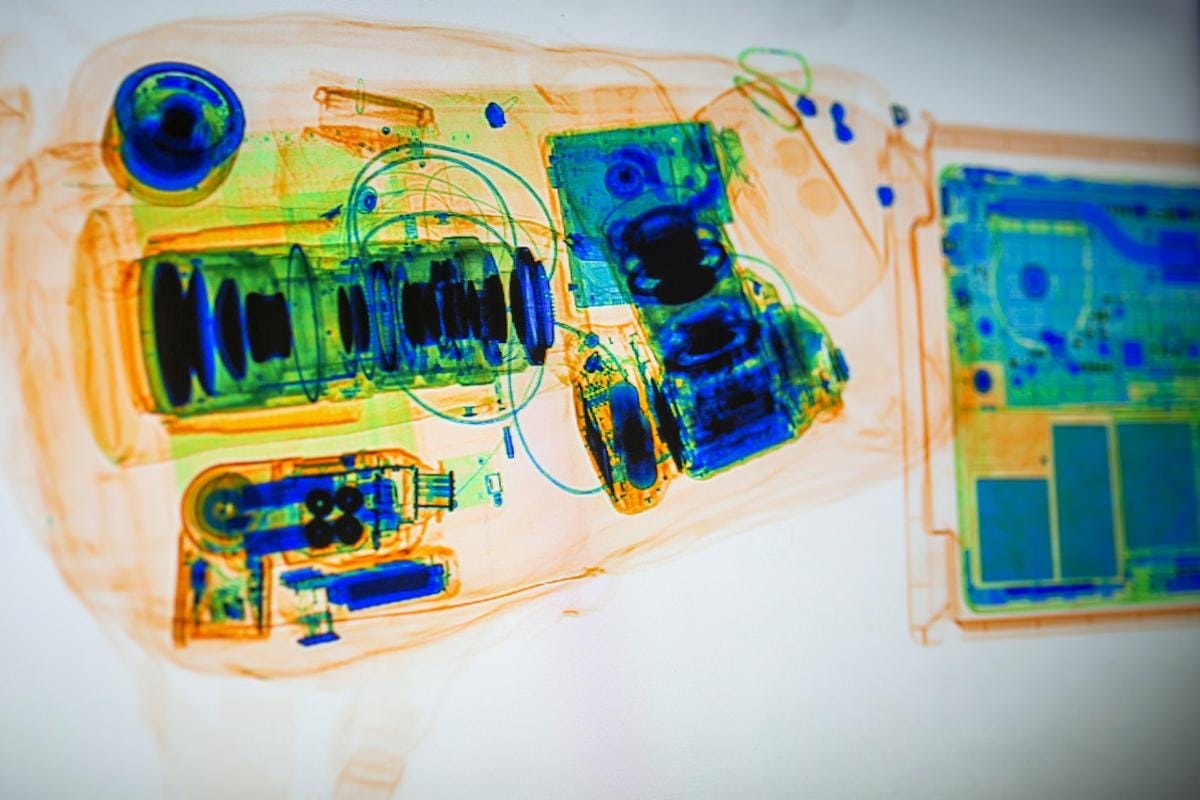
- Blue for low-density objects such as plastics or textiles.
- Green for intermediate materials such as electronic components and glass.
- Orange for organic materials, including paper, certain foods and explosives.
- Black or opaque for very dense objects, such as heavy metals, which strongly absorb X-rays and mask what lies behind them.
The aim is to enable agents to distinguish between innocuous objects and potentially dangerous items. A standard piece of luggage containing clothing and electronic accessories generates an image that is easy to interpret. Complex objects, on the other hand, disrupt this analysis and require a more detailed examination.
Cases where computers have already been used to circumvent security
The requirement to remove laptops during security checks is based not only on theoretical considerations, but also on proven attempts to use these devices for malicious purposes. Several incidents have highlighted the risks posed by computers as potential vectors of threats.
In 2017, intelligence revealed that terrorist groups were planning to modify laptop batteries to incorporate explosive devices undetectable by traditional scanners. This threat led several countries to temporarily ban laptops in the cabin on certain flights from countries in the Middle East and North Africa.
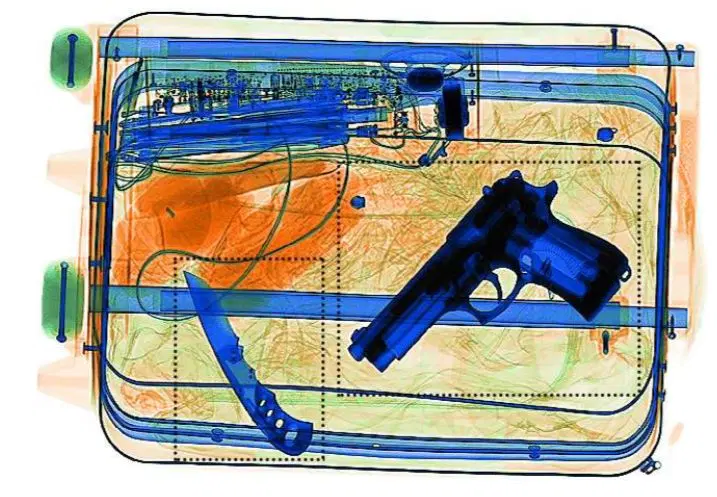
Other scenarios have involved the use of modified computers to conceal prohibited items such as blades, illicit substances and hacking tools. These precedents have heightened the vigilance of the authorities and justified the need for more thorough inspection of these devices.
New detection systems and technologies for the future
Faced with the limitations of conventional scanners, new technologies are being adopted at several airports. Among them, computerized tomography (CT) scanners offer three-dimensional imaging, enabling operators to carry out more detailed analysis without removing computers from bags.
These systems, similar to those used in the medical field, enable the contents of a piece of luggage to be viewed from different angles, and suspect materials to be identified more accurately. Some models also incorporate artificial intelligence algorithms capable of automatically analyzing images to detect possible threats.
Other experimental approaches include the use of millimeter-wave scanners capable of detecting objects hidden inside electronic devices, and spectroscopy-based techniques for identifying hazardous materials based on their chemical composition.
Practical tips for passing the test more quickly
Going through airport security checks can be a lengthy process, especially during busy periods. However, good preparation can save time and avoid additional searches that delay the process. Here are a few tips to optimize your passage and limit the inconvenience of handling electronic devices.
Prepare your bag well to avoid an extra search
One of the main causes of delays at checkpoints is the need for agents to manually inspect baggage. Careful preparation beforehand helps to avoid this step, and to ensure a smoother passage.
- Keep electronic devices accessible: Laptops and other devices that can be checked separately should be stored in an easily accessible compartment of the bag. This means they can be quickly removed without having to search the whole bag.
- Separate metal objects: Keys, watches, belts and other metal objects should be stored in a dedicated pocket or compartment, to avoid being flagged by the metal detector.
- Avoid bulk liquids: All liquids must be placed in a clear plastic bag of 100 ml maximum per bottle, in compliance with current regulations. Putting things away in advance avoids the need to take out last-minute items.
- A well-organized bag: Compartmentalized bags make for better organization and reduce the risk of items being stacked on top of each other in a way that complicates X-ray analysis.
What should I do if I’m traveling with several electronic devices?
Some travelers carry several electronic devices, including laptops, tablets, cameras and external batteries. Specific organization is required to avoid delays and thorough checks.
- Anticipate regulations in departure and arrival countries: Some airports have different regulations on the number of electronic devices allowed in the cabin. It is advisable to find out in advance to avoid any surprises when boarding.
- Separate larger devices: Laptops should be placed individually in a bin for inspection. If you’re carrying several devices, it’s best to separate them immediately to facilitate inspection.
- Limit stacking: In a bag, devices should not be stacked on top of each other. Too many electronic objects in the same space can prevent the scanner from correctly identifying their contents, and trigger a manual inspection.
- Managing batteries and cables: External batteries and chargers should be stored neatly without tangled wires to avoid being flagged as suspicious objects. Some airlines prohibit large-capacity batteries in the cabin, so it’s important to check restrictions before the flight.
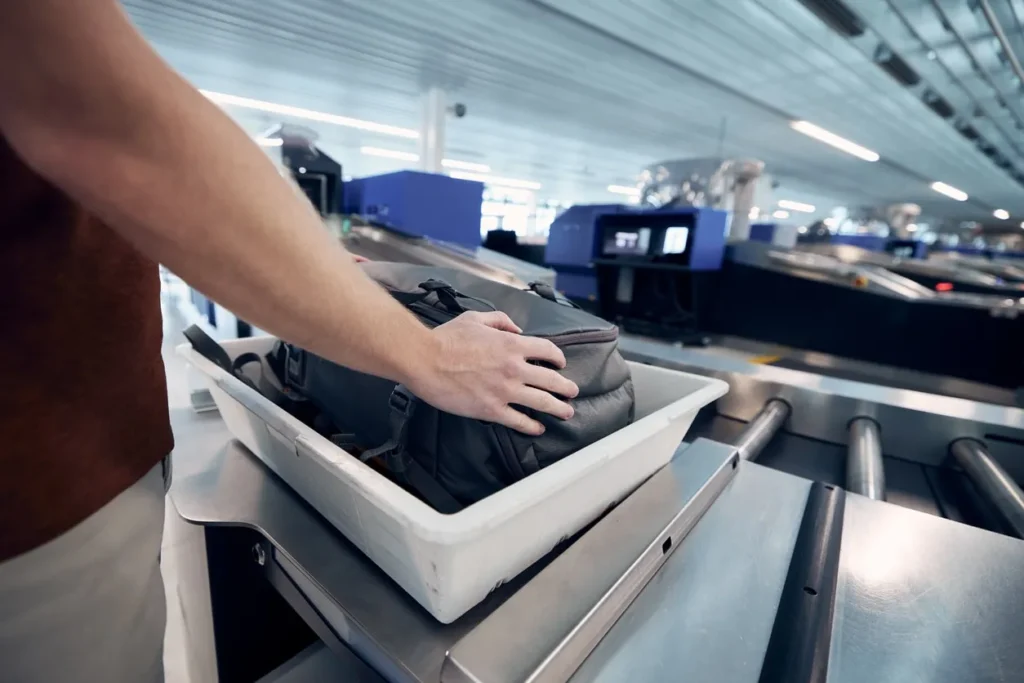
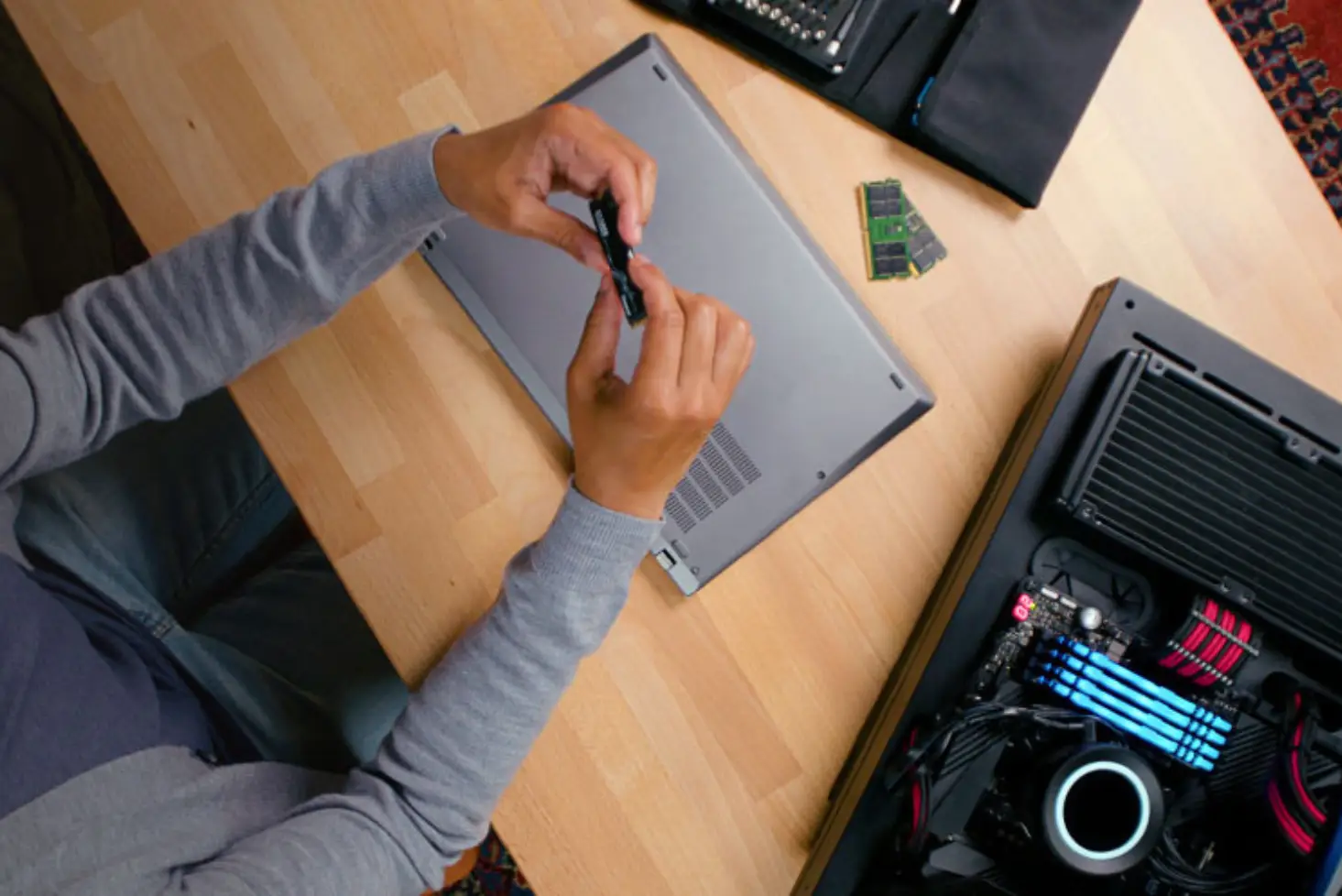

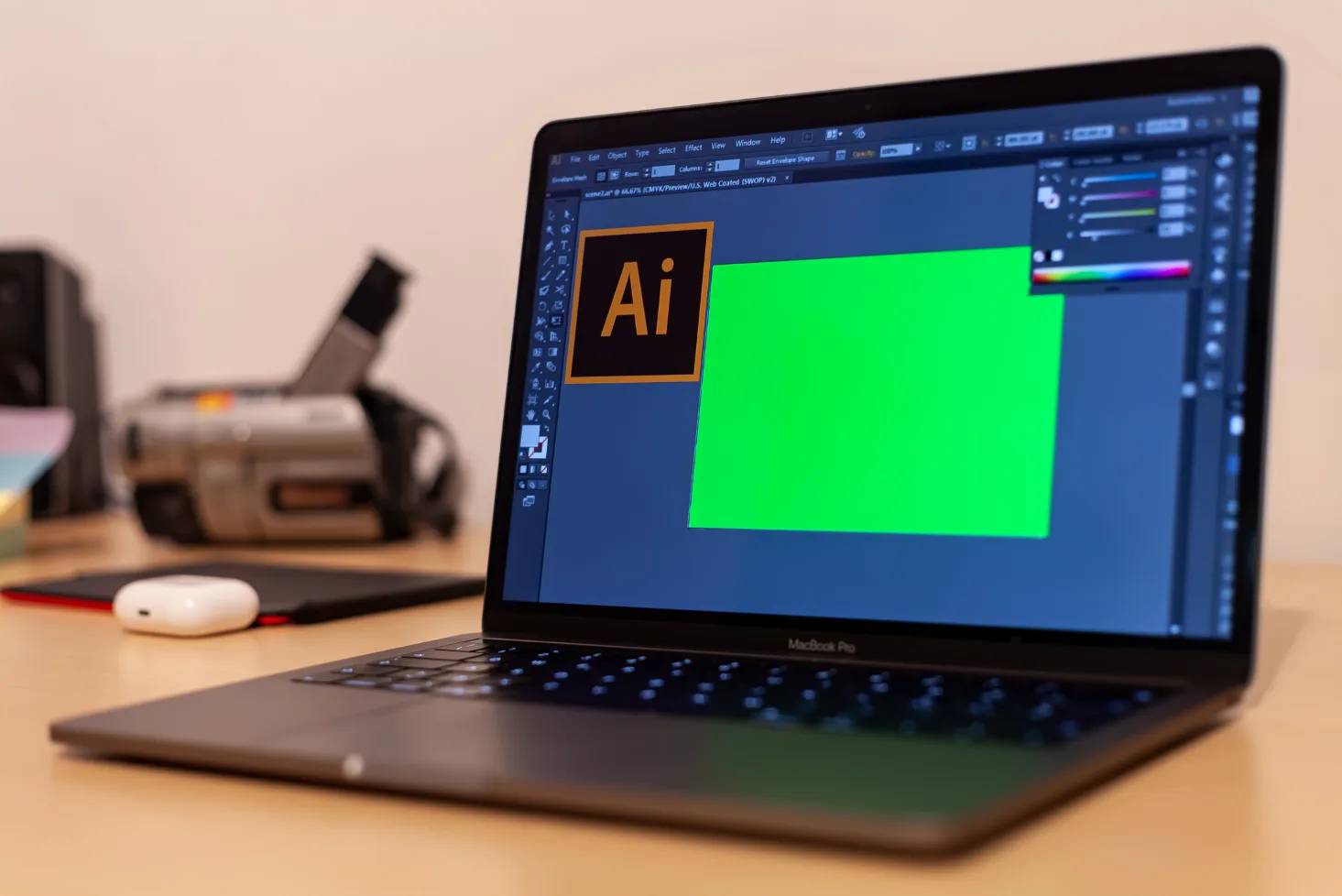

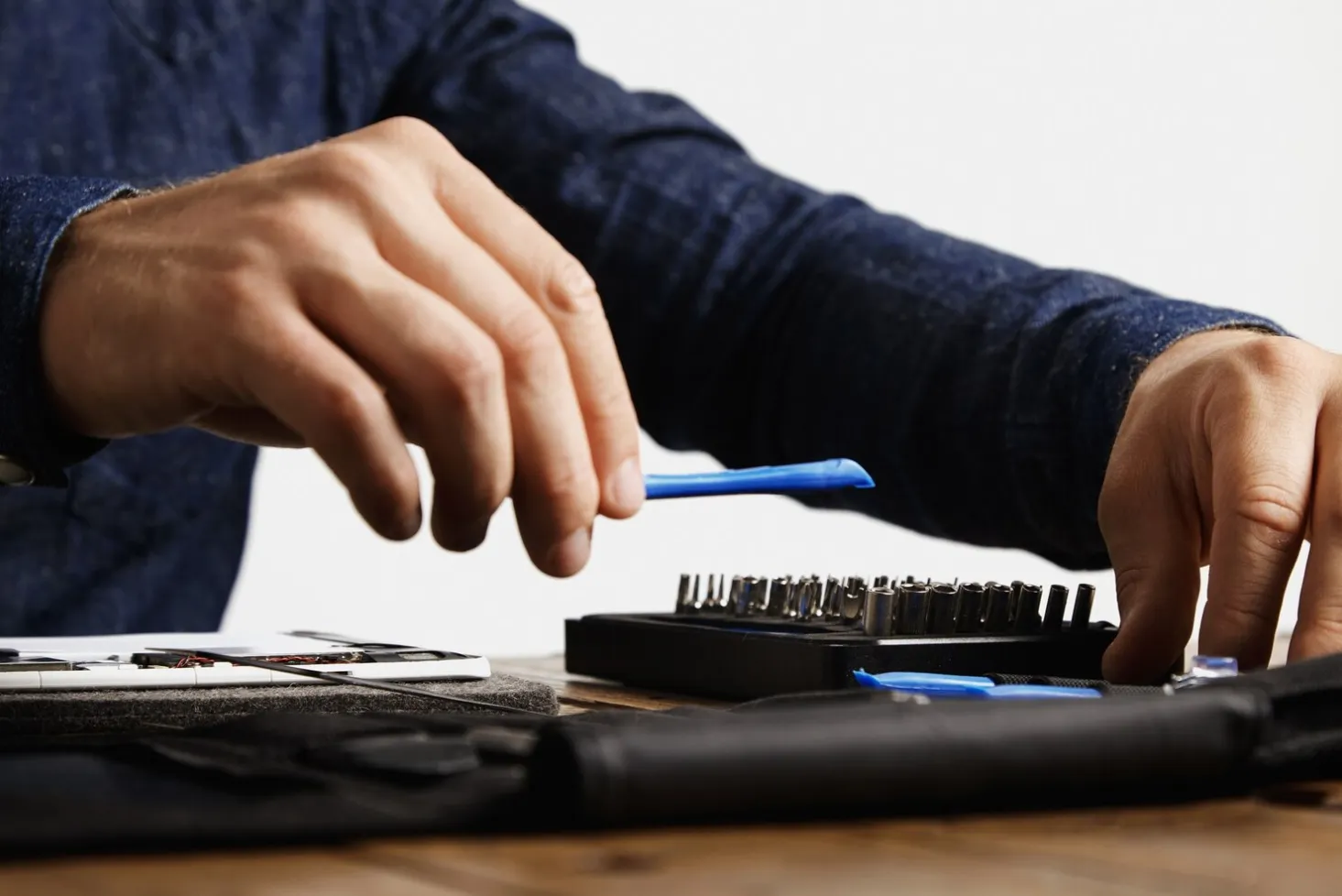
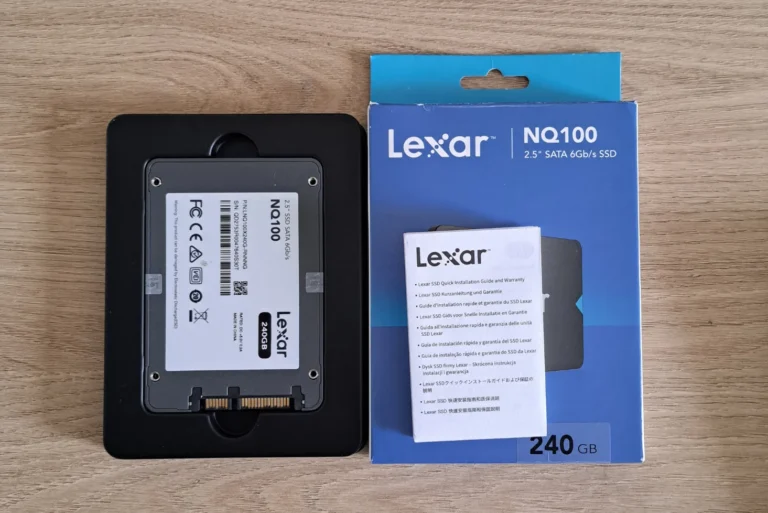
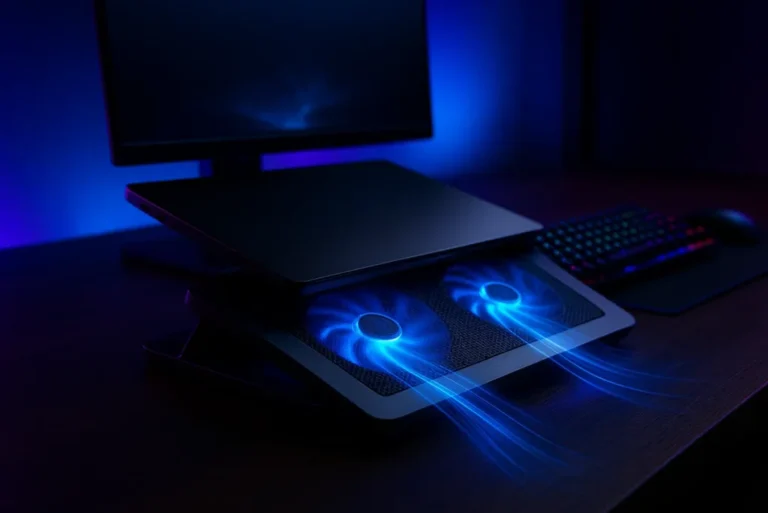

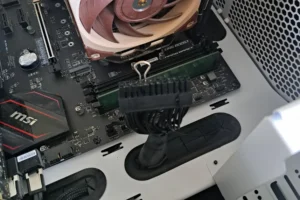
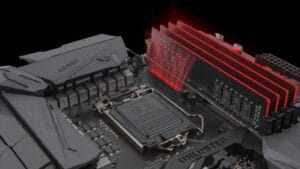
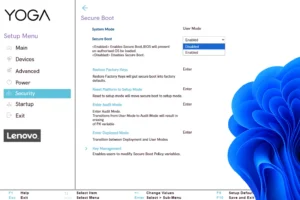
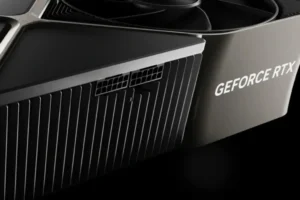
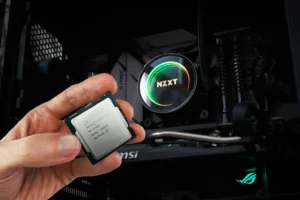
Be the first to start the discussion!